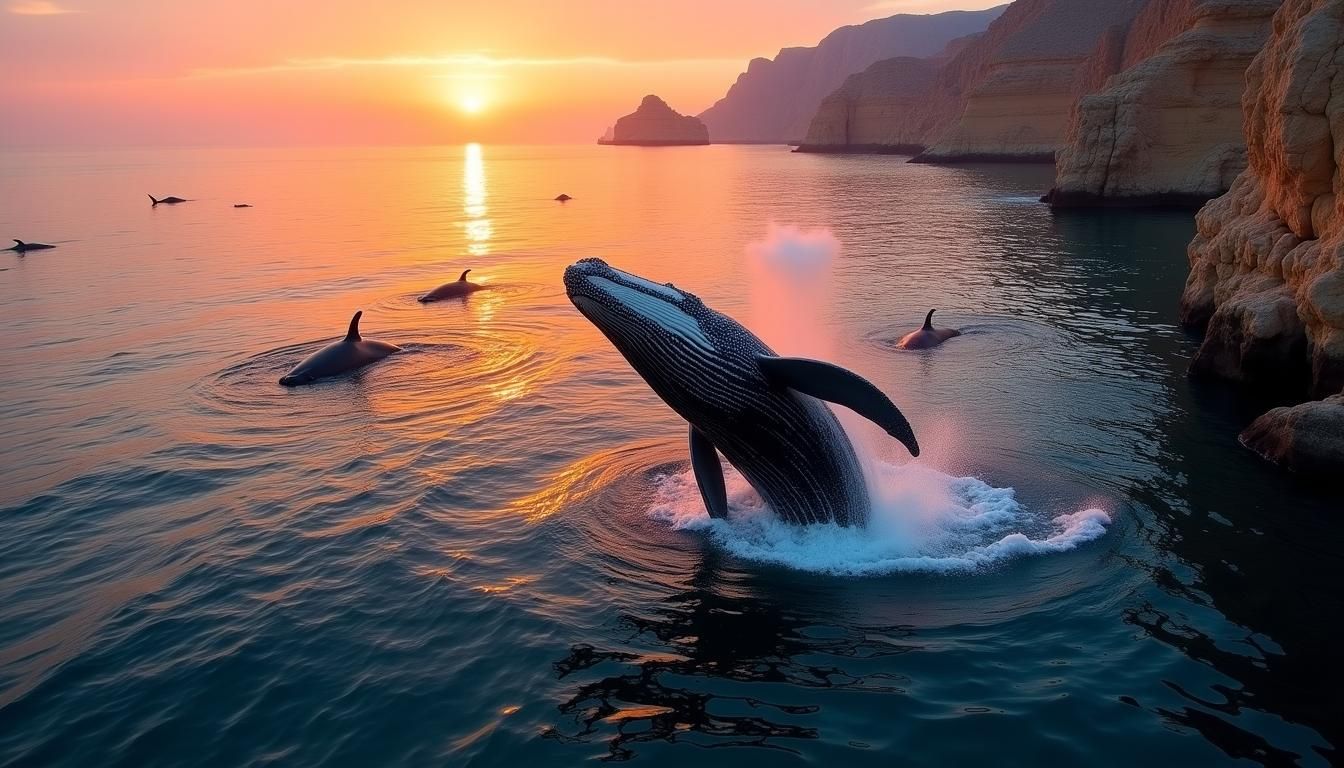
Cabo San Lucas is a magnet for adventurers, romantics, and wildlife enthusiasts alike, and few experiences here rival the thrill of witnessing humpback whales in their natural habitat. At Mucho Cabo, we’re passionate about connecting travelers with the magic of Baja California Sur—and there’s no better way to do that than by chasing the majestic dance of these ocean giants. Here’s your ultimate guide to spotting humpback whales along Cabo’s coastline.
Cabo’s unique geography—where the Pacific Ocean meets the Sea of Cortez—creates a nutrient-rich corridor that humpback whales traverse during their annual migration. From mid-December to mid-April, these leviathans travel over 5,000 miles from Alaska’s icy waters to Cabo’s warmer breeding grounds. The result? A front-row seat to breaching, tail-slapping, and even heartwarming interactions between mothers and calves.
While whales can be spotted from mid-December to mid-April, the peak months are January through March. Here’s a seasonal breakdown:
Pro Tip: Book early-morning tours for calm seas and optimal lighting. Afternoon trips may offer rougher waters but often coincide with heightened whale activity.
Humpbacks follow a precise biological clock:
Key behaviors to watch for:
- Breaching: Whales launch 90% of their bodies out of the water.
- Tail Slapping: A communication method or playful display.
- Spyhopping: Whales rise vertically to observe their surroundings.
Cabo offers diverse tour options, but selecting a responsible operator is crucial. Look for companies adhering to Mexico’s strict regulations: maintaining 65–130 yards from whales and limiting observation time to 30 minutes per group.
Whale Watch Cabo
Cabo Private Guide
Capture Cabo’s humpbacks like a pro with these tips:
Responsible tourism ensures these creatures thrive for generations:
While humpbacks steal the show, Cabo’s coastline teems with other marvels:
- Gray Whales: December–March in Magdalena Bay.
- Blue Whales: Rare but spotted January–March.
- Dolphins: Bottlenose and spinner dolphins often accompany boats.
At Mucho Cabo, we believe whale watching isn’t just an activity—it’s a gateway to understanding the delicate beauty of our oceans. As you plan your adventure, remember that every ripple in Cabo’s waters tells a story. Ready to write yours?
For more guides to Cabo’s hidden treasures—from desert ATV rides to San José del Cabo’s art walks—dive deeper with us at Mucho Cabo.
Sources:
- Whale Watch Cabo
- Cabo Sailing
- Cabo Pulmo
